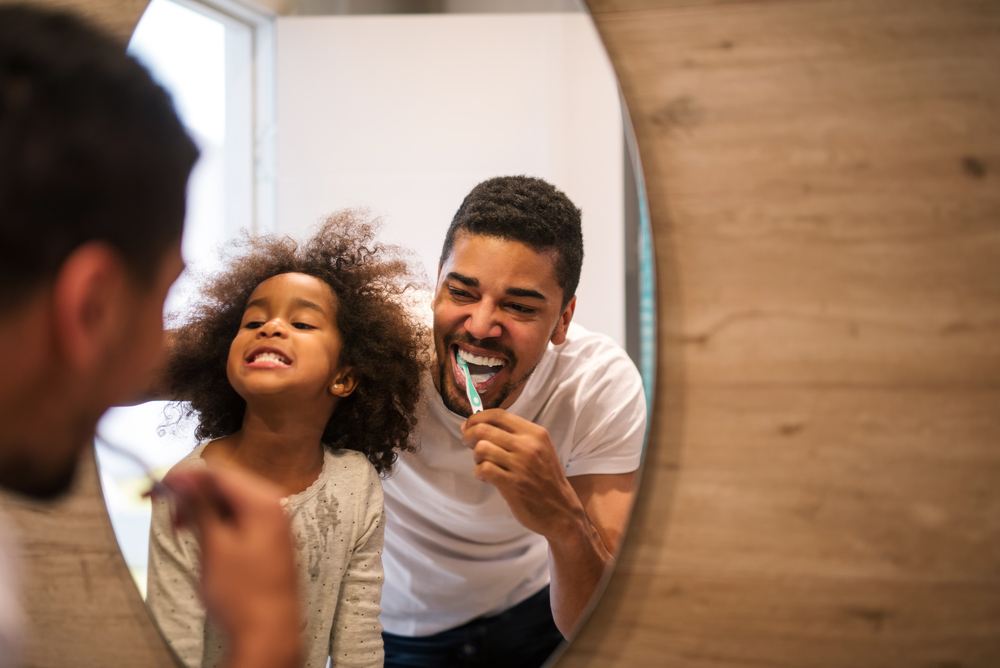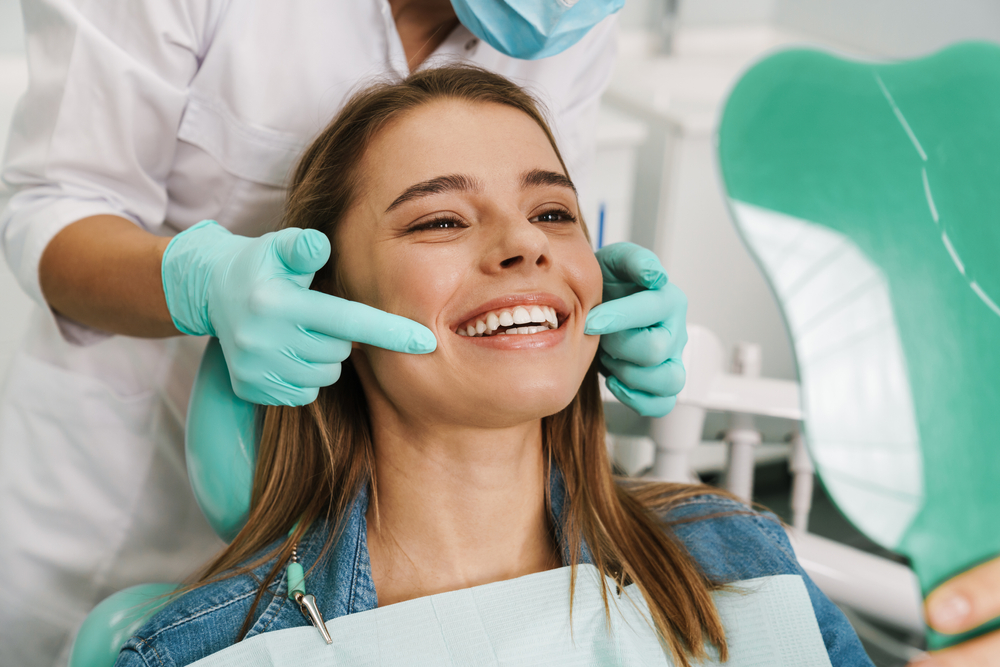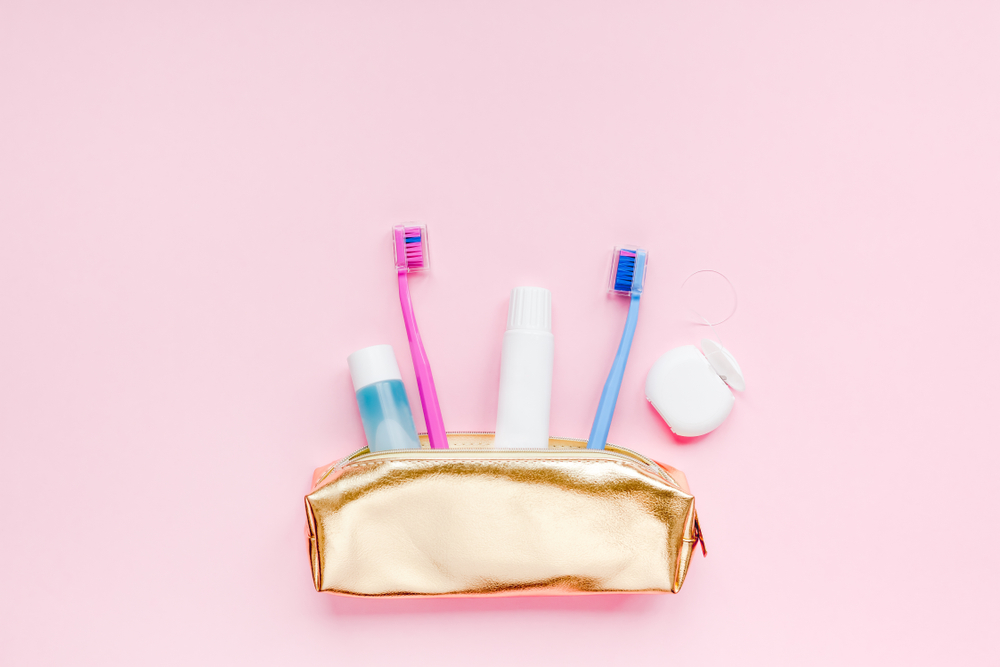
If your third molars, or wisdom teeth, are impacted or causing complications, having them extracted can benefit your oral health. But, as you probably know, wisdom tooth removal is a type of oral surgery and, of course, there will be a healing period after the procedure.
During your recovery, you’ll avoid brushing around the extraction sites, vigorous swishing and spitting, using a straw, and eating hard foods, among other things.
But what about putting in your removable retainer? If you have one, you might be asking, “When can I wear my retainer after wisdom tooth removal?” Our Juneau, AK and Bothell, Monroe and Mill Creek, WA orthodontist Dr. Richard Chan has answers!
When Can I Wear My Retainer After Getting My Wisdom Teeth Taken Out?
Since you’re concerned about when you can wear your retainer after wisdom tooth removal, we’re guessing that means you know just how important the appliance is. And, it’s true, wearing an orthodontic retainer after braces or Invisalign® treatment is the only way to maintain your results.
But, proper healing and managing pain and swelling are the main priorities after having your wisdom teeth removed. If your oral surgeon’s after-care instructions mention when you can wear your retainer again, follow those guidelines.
Otherwise, wait a full 24 hours after surgery before attempting to put in your retainer. You don’t want to inadvertently irritate the extraction sites or dislodge clots. After 24 hours, you can try your retainer whenever you feel ready. If it’s comfortable and doesn’t cause any pain, you’re good to go! Just be sure to keep it clean, so you’re not introducing any extra bacteria into your mouth.
Most people feel back to normal within three days to a week after wisdom tooth removal, depending on the complexity of their case. So, even if your first attempt at wearing your retainer is uncomfortable, it’s very likely you won’t have to wait too long before you feel well enough to try again.
Will My Retainer Still Fit After Wisdom Tooth Removal?
Generally, yes! The majority of patients finish braces or Invisalign treatment before their wisdom teeth erupt, which usually happens between the ages of 17 and 21.
If you were one of our teenage Juneau, Bothell, Monroe or Mill Creek braces or Invisalign patients, we probably created a custom, 3D-printed, clear plastic retainer for you to wear when you finished treatment. The retainer was designed to fit your pre-wisdom teeth smile.
As we said in our blog post on wisdom teeth and braces, when the wisdom teeth come in, they don’t exert enough pressure to shift nearby teeth. So, these molars erupting or being removed won’t change the way your clear retainer fits.
While it will depend on the design of your specific retainer, the same usually holds true for Hawley retainers. These retainers, which have an acrylic base with a wire that wraps around the front of the teeth, are also designed for when you finish braces or Invisalign treatment, which usually occurs before you get your wisdom teeth.
If you had your wisdom teeth when you underwent orthodontic treatment and the retainer you received fits over them, then you may need to have your retainer adjusted or a new one created to fit your smile once your wisdom teeth are gone.
How Long Do You Have to Wear a Retainer?
Getting your wisdom teeth removed isn’t a sign you can stop wearing your retainer. While you’ll use your retainer most frequently in the months after finishing orthodontic treatment to lock in your results, your teeth can still shift even years later if you forgo it.
So, how long do you have to wear a retainer? Ideally, for life. The good news is, you’ll reach a point where you only need to wear it a few nights per week. If that’s the stage you’re at when you get your wisdom teeth taken out, you’ll have a little more wiggle room.
Otherwise, if you skip wearing your retainer for too long after wisdom tooth removal (or at any time!), your teeth will shift and your retainer will feel tight. Eventually, your retainer won’t fit at all. While you can get a new one, it will hold your teeth where they are. To move your teeth back to their post-treatment positions, you’ll need braces or Invisalign again. How Long Do You Have to Wear a Retainer?
Richard Chan Orthodontics Has Your Smile Covered
Have more questions about when you can wear your retainer after wisdom tooth removal? Reach out and we’ll be happy to help.
If you need a new retainer or you’d like to touch-up your smile after forgetting to wear it, schedule a complimentary consultation at Richard Chan Orthodontics in Bothell, Monroe or Mill Creek, WA or Juneau, AK.













